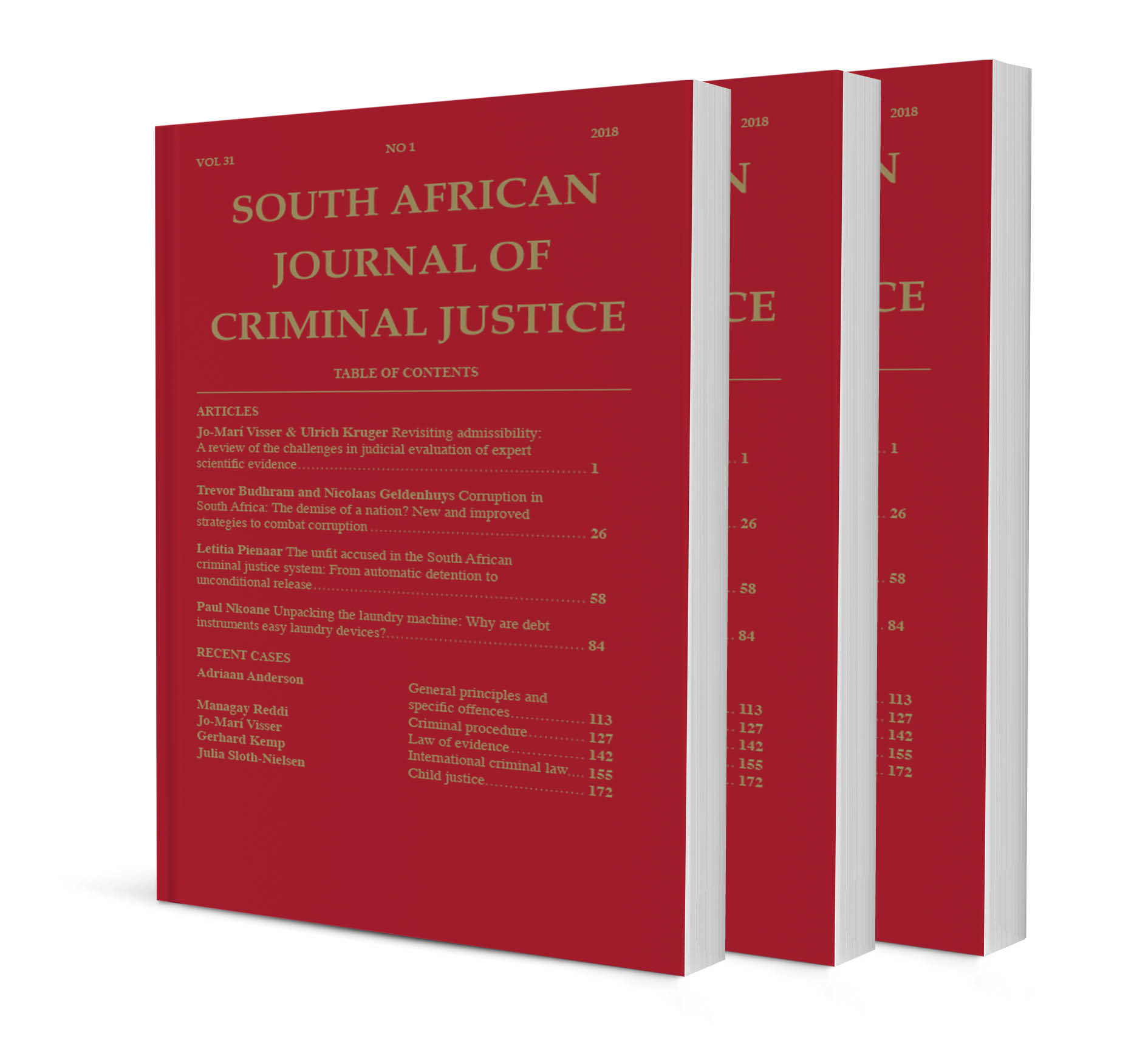The importance of explicit reasons when overturning a conviction: Non-compliance with the competency test or the requirement to admonish complainants

The importance of explicit reasons when overturning a conviction: Non-compliance with the competency test or the requirement to admonish complainants
Author: Nondumiso Phenyane
ISSN: 1996-2118
Affiliations: B Soc Sci LLB LLM (UCT), Lecturer, Departments of Public and Mercantile Law, Stellenbosch University
Source: South African Journal of Criminal Justice, Volume 35 Issue 1, p. 19 – 33
https://doi.org/10.47348/SACJ/v35/i1a2
Abstract
There are numerous cases in which magistrates failed to properly administer the competency test or to admonish complainants in terms of s 164(1) of the Criminal Procedure Act 51 of 1977. In many of these cases, the magistrates nonetheless found the accused guilty based on the inadmissible evidence of the complainants. On review or appeal, however, the higher courts set the decisions of the magistrates aside because the magistrates’ decisions were based on the unreliable evidence of the complainants. While the rulings of the higher courts were legally sound, if not explained explicitly and thoroughly, they may appear unjust, clinical, harsh, inconsiderate, or even nonsensical. Such matters involve the fundamental rights of complainants and accused persons. They also result in severe consequences for complainants and accused persons, and they involve vulnerable groups such as children and mentally-ill individuals. It is therefore important that the higher courts reviewing the procedural errors of magistrates provide explicit and thorough explanations for their findings. To avoid perceptions that the decisions of the higher courts are unjust, the rulings of the courts should expressly acknowledge and address the unfortunate consequences suffered by both complainants and accused persons when a magistrate’s conviction is unsustainable because it was based on evidence that was not properly admitted. Acknowledging and addressing the injustices may help courts provide reasons for their decisions that go beyond merely stating that the complainants’ evidence is excluded because it is unreliable. Explicit reasons in such instances would go a long way in engendering and maintaining public confidence in the judicial system and enhancing public scrutiny of the current legal position.